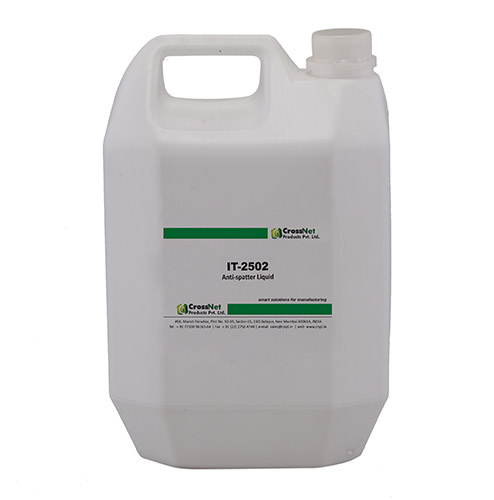-
Search
Industrial Release Agents
Mold release agents are used to prevent a substrate bonding to a molding surface. Without the use of a mold release barrier, the material being cast would fuse to the mold. This can have a significant impact on the quality and effectiveness of the molding process. Mold release agents are an essential part of the rubber, plastic, and composite molding process.
Mold release agents work by creating a barrier between the substrate and the surface of the mold. This barrier eliminates adhesion between the two materials, preventing mold damage and ensuring quick and easy release from the mold. The coating is applied to the surface of the mold before the substrate is cast. Semi-permanent mold release agents do not have to be reapplied after every use but will continue to provide a barrier for a number of applications. Mold release agents are also known as anti-blocking agents, surface lubricants, parting agents, and slip aids.
Mold release agents are employed in a number of industries in order to make production processes more efficient. They allow the substrate to be released quickly from the mold and prevent the two surfaces sticking together, something that can easily result in damage to the substrate.
Mold release agents are either permanent or semi-permanent. The type selected will depend on the requirements of the manufacturer and the substrate used.
Semi-Permanent Mold Release Agents
Semi-permanent mold release agents, allow for multiple releases before reapplication is required. These types of mold release agents are designed to prevent contaminating transfer and mold build-up, extending the useful life of the mold. Semi-permanent mold release agents can also improve cosmetic finish on many composite parts.
Silicone mold release agents are a type of sacrificial mold release agent often used for releasing sand cores from metal tooling in the precision sand casting industry. Silicone release agents contain a special lubricant that provides optimum release along with surface conditioning on any metal or plastic mold.
Epoxy release agents are used to mold composites that use an epoxy resin. These types of composites are common in the sporting goods, aerospace, automotive, and marine industries.

IT-2502
Anti-Spatter Liquid Concentrate
IT-2502 water dilutable synthetic release agent designed to prevent hot spatter from sticking. Spray on the surface to be protected; spatter falling on treated area will not adhere - simply brush spatter away. This does not contain any silicones.
It is paintable and will not cause “Fisheyes”. Synthetic Release Agents prevent hot spatter from sticking to the substrate. Spatter brushes off easily - No Grinding is involved.
Datasheets
Packaging
5 litres

IT-2521
Semi-Permanent Rubber Release Agent
IT-2521 mold release coating is a water-based dispersion for hot mold applications. When properly applied to a mold, it exhibits outstanding durability and anti-stick properties and has a very low coefficient of friction. The coating is clean, non-oily, non-staining, chemically inert, and can function in high temperatures.
IT-2521 mold release coating has unique properties, making it an excellent release agent for molded rubber, molded fluoropolymer, molded plastic, and epoxy and plastic laminates. When properly applied, the coating does not interfere with post-finishing operations. The product comes pre-diluted and is ready for use. Proper application results in superior release, and multiple release is normal.
Datasheets
Packaging
5 litres

